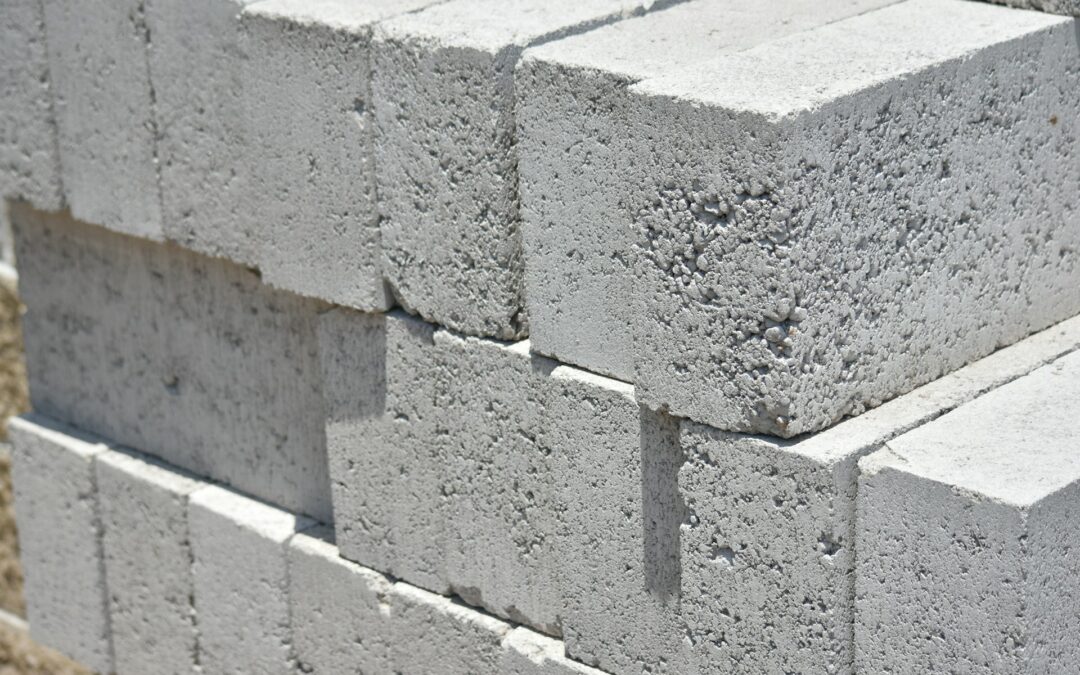When it comes to building or maintaining a home, the stability of the foundation is a key aspect. A solid foundation keeps a house strong and safe, preventing issues that can arise later due to shifting soil or wear and tear over the years. As homes in the DFW area face unique challenges due to local soil types, understanding different foundation leveling methods can make a big difference in maintenance and repair.
Foundation leveling methods, like slab and pier, provide solutions for keeping homes secure and intact. Each method comes with its own approach, merits, and challenges. Homeowners in DFW need to be familiar with these methods to choose the right one for their specific needs.
What is Slab Foundation Leveling?
Slab foundation leveling focuses on homes built with a solid slab of concrete that sits directly on the ground. This type of foundation is pretty common in areas with stable soil and warm climates. The slab provides a sturdy base for the house, ensuring that it remains level and strong.
When it’s time to level a slab foundation, professionals typically start by identifying where the issues are. This might be visible in uneven floors, doors that don’t close right, or cracks in the walls. The next step involves either injecting a special mix beneath the slab to lift it or adjusting any supportive elements that might have shifted. The goal is to bring the slab back to a level position, ensuring that the rest of the house sits evenly atop it.
There are pros and cons to using slab foundation leveling. On the plus side, it’s a less invasive method, often quicker and simpler than other approaches. It can also be cost-effective for straightforward adjustments. However, if the soil beneath the slab is unstable or if there’s significant damage, it might not always be the best choice. Here’s a quick overview of the benefits and drawbacks:
– Pros
– Quick and often less expensive
– Minimal disruption to daily life
– Suitable for minor leveling needs
– Cons
– Limited application for extensive damage
– May not resolve underlying soil issues
What is Pier Foundation Leveling?
Pier foundation leveling provides an alternative approach, especially for homes constructed on unstable soil or areas prone to flooding. This method involves using vertical columns, or piers, that support the weight of the structure. These piers are usually made of concrete, steel, or wood and are embedded into the ground to secure the home above the shifting soil.
When levels need adjusting, specialists evaluate the condition of the piers. If there’s settling, newer piers might be added, or existing ones modified or replaced to support the structure more effectively. This approach can address specific areas of a house experiencing more significant sinking or tilting.
Here’s a closer look at the pros and cons of choosing pier foundation leveling:
– Pros
– Effective for unstable or expansive soils
– Flexible for various home designs and landscapes
– Can target problem areas directly
– Cons
– Can be more labor-intensive and time-consuming
– Often involves higher initial costs compared to slab leveling
Comparing Slab and Pier Foundation Leveling
Choosing between slab and pier foundation methods can depend on multiple factors like cost, soil type, and specific structural needs of the home. Understanding these differences can help guide this important decision.
1. Cost Considerations: Generally, slab foundation leveling can be less expensive initially due to its simpler processes. However, pier foundations might require more upfront investment but could save money in the long run by reducing future repairs due to soil instability.
2. Soil Suitability: Homes in the DFW area often face challenges due to expansive clay soils, making pier foundations a good fit since they adapt to changing conditions better. On the other hand, slab foundations work well in regions where the soil remains relatively stable.
3. Long-Term Benefits: Pier foundations offer lasting stability in problematic areas, ensuring homes remain level despite ongoing soil shifts. Slab foundations provide easier short-term solutions but may require more frequent checks and maintenance.
Choosing the Right Foundation Leveling Method for Your Home
Deciding on the best method involves looking at key factors specific to your property. Here’s how to assess the most suitable option:
– Soil Type: Different soils react distinctively to moisture and pressure changes. Identify the dominant soil type beneath your home to determine which method aligns best.
– Existing Foundation Issues: Evaluate current problems like cracks or uneven floors. This assessment can highlight whether you need quick fixes or a more comprehensive, long-term approach.
– Budget Concerns: Consider financial implications both now and down the road. While initial prices matter, factor in potential future savings on repairs if choosing a more robust method.
Assessing these elements ensures you tailor your foundation leveling strategy to the specific needs of your home, keeping it safe and secure for years to come. By understanding and choosing the right method, homeowners in DFW can ensure the longevity and safety of their structures.
Choosing the right foundation leveling approach can greatly impact the long-term integrity of your home. If you’re ready to make an informed decision and ensure the safety of your DFW property, explore more about foundation leveling with Lift-Texas Construction. Our team is dedicated to providing expert advice and tailored solutions for your unique needs.

